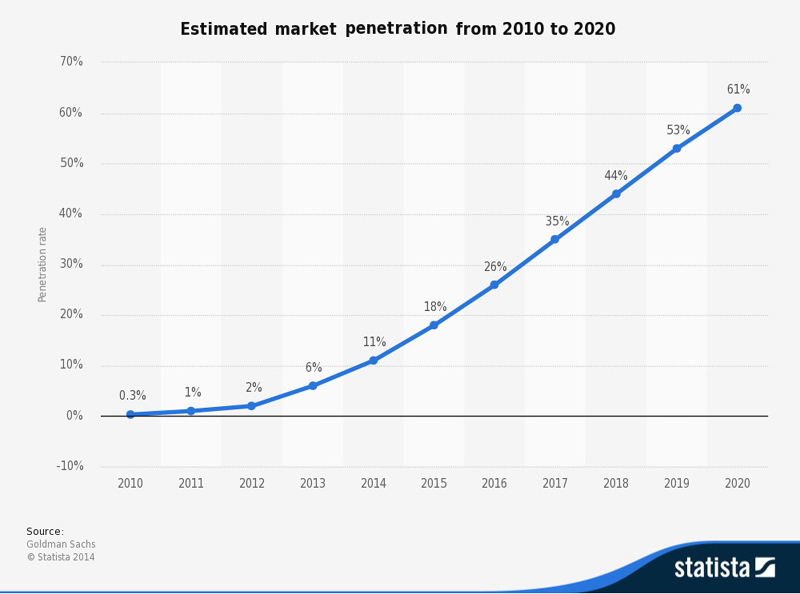Global Smart Lighting Market Analysis and Forecast to 2020
24-12-2014

Energy saving is one of the major concern for all of the governments throughout the globe. Energy loss through lighting has become international concern for the governments. Smart lighting is a new innovation in lighting technology developed for energy efficiency. Smart lighting technology may include efficiency fixtures and automated controls lighting system that make adjustments according to the conditions and requirement of the varied environments such as occupancy or availability of daylight. Everyday lighting consumes lot of electrical energy globally accounting for 20-50 % of total energy consumed globally. To reduce the total energy consumption, it is important to use limited electric energy that is up to certain condition and requirement.
Facing this requirement, the market players have come out with innovative lighting system. Smart lighting is a technology which uses intelligent light control system. Factors such as object movement, occupancy, color, temperature and availability of natural light helps the smart lighting technology to perform to the most. Smart lighting technology utilizes lighting control systems that deliver required amount of light when needed. Also, smart lighting technology evolves the technology which automatically achieves various functions at set time and given condition. Smart lighting technology provides highly flexible lighting at very low energy consumption and cost.
On the bases of performance and energy consumption, the global smart lighting market can be categorized into LED (light emitting diode) lights, high intensity discharge lamps (HID), compact fluorescent lamps (CFL), fluorescent lamps and others. CFL leads the global market for smart lighting technology. However, LED lights are expected to see highest growth in the near future. Commercial and residential buildings are the major end-users of the smart lighting technology. Other major end-user of the technology includes public and government buildings and street lighting.
Europe has the largest market share for smart lighting technology, followed by North America and Asia Pacific. The U.S. is the largest consumer of smart lighting technology owing increasing consumer awareness about the importance of energy saving. Europe is going to maintain its dominance in the forecasted period; North America is going to show marginal growth. However, Asia Pacific region is expected to see highest growth in the near future owing to increasing infrastructure development in the developing countries such as India and China.
Consumer awareness about the importance of energy saving is driving the demand for smart lighting technology globally. Globally, around 40% of total energy cost in the commercial and residential building is the cost associated with lighting. Besides, investment in the improvement of infrastructure facility is expected to increase construction of roads, smart cities and lucrative commercial buildings, in turn, the demand for smart lighting technology is expected to increase. For infrastructure development, the U.K governments public sector investment is expected to rise by USD 4.9 billion to about USD 77.7 billion in 2013-14 over 2012-13. It is further estimated to increase to about USD 83.0 billion in 2014-15. Also, increased disposable income have influenced the consumers to spend more on energy saving equipment, which is further increasing the demand of smart lighting technology to some extent. However, high cost of replacing of old appliances is expected to slow the global smart lighting technology market, but at a very limited level.
Increasing demand and willingness to invest more for energy saving equipments by the major end-user is forcing the light manufacturers to introduce innovative lighting technology especially in the developing regions. Some of the major companies operating in the global smart lighting technology market are Zumtobel AG, Lutron Electronics Company, Inc., Digital Lumens, Inc., Encelium Technologies, Inc., Legrand S.A, Acuity Brands, Inc., Honeywell International, Royal Philips Electronics N.V. and Osram Licht AG.


